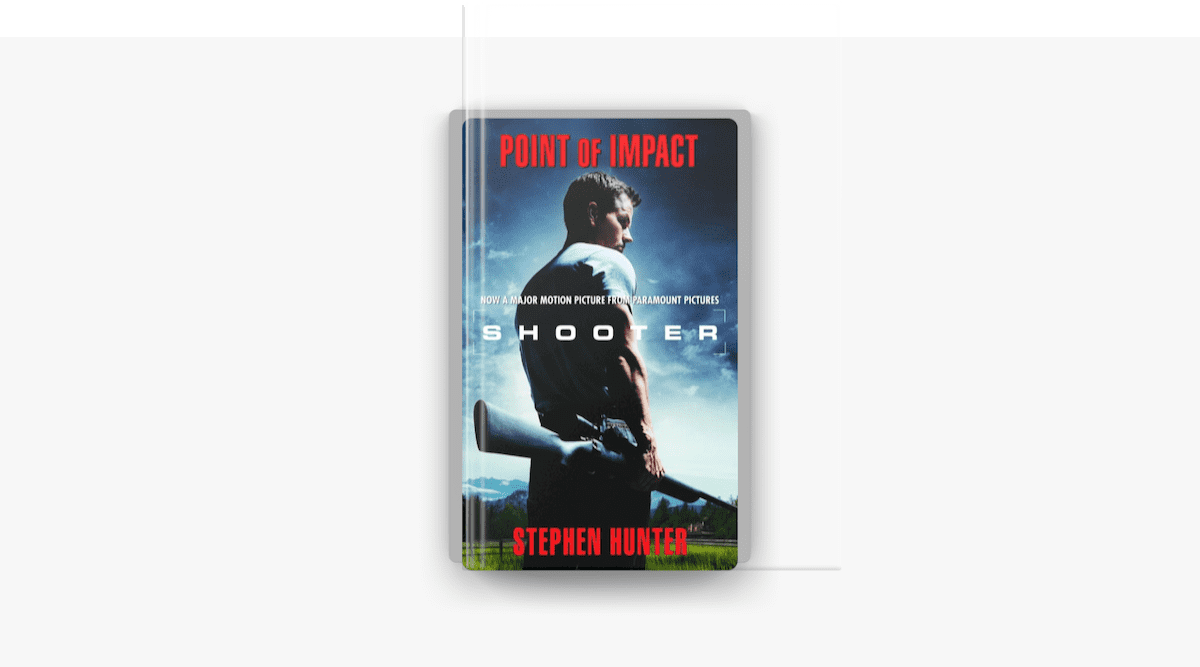Bought a Sharps before I saw Quigley but I did buy a Model 70 Bull Gun in 300 H&H with an Unertl scope after I read "Point of Impact", the book that the movie "Shooter" was based off. This was also the book that really kicked off my interest in long range rifles and long range shooting.
"
"It was a bolt-action Model 70 target, pre-'64, with a fat bull barrel and a Unertl 36× scope running nearly along its entire barrel length. Its dark gleam blazed out at him in that high sheen that was now a lost art but had reached its highest pitch in the great American gunmaking days of the 1920s and '30s. It was almost pristine, too, clean and crisp, well tended, much loved and trusted. But it was the wood that really hit him. The wood, in that slightly thicker pre-'64 configuration, was almost black; he'd never seen a walnut with such blackness to it; but it wasn't like black plastic for it had the warm gleam of the organic to it. Black wood?
"That's a hell of a rifle," he said. He bent quickly to look at the serial number: my God, it was a one followed by five beautiful goose eggs! 100000. The hundred-thousandth 70! That made it infinitely desirable to a collector and marked it as having been made around 1950.
"From the Winchester plant in 1948. The metal was heat-treated at higher temperatures to give it the strength to stand up to a thousand-yard cartridge.
"Okay, let's give it a whirl. You have the ammo?"
Hatcher handed over a box of Accutech Sniper Grade .300 H & H Magnum.
LAW ENFORCEMENT USE ONLY, it said in red letters.
Bob opened the box, took out one of the long .300 H&H's: it was like a small ballistic missile in his hand, close to four inches of shell and powder and bullet, heavy as an ostrich's egg.
"What kind of ballistics?"
"It's a thumper. We're kicking it out off 70 grains of H4831 and our own 200-grain bullet boattail hollowpoint. About three thousand feet per second."
Excerpt From
Point of Impact
Stephen Hunter
Mysteries & Thrillers · 1993
books.apple.com
This material may be protected by copyright.
 Help Support Long Range Hunting Forum
Help Support Long Range Hunting Forum
